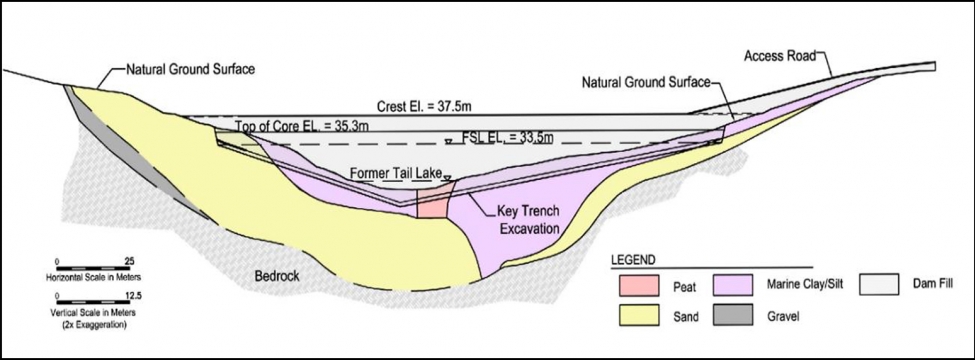To serve you better, our new website displays information specific to your location.
Please visit the site and bookmark it for future use.
Frozen Core Tailings Dam: Part 1, Long-Term Thermal Performance
Tailings management at the Hope Bay Project in Nunavut, Canada, includes reliance on an innovative frozen core dam. This dam does not have a tailings beach against it and has been designed as a water retaining dam with a 30-year design life. Successful performance of the dam relies on both the core and the underlying foundation maintaining specific target temperatures throughout its service life. This paper, which is the first in a two-part series, describes the dam performance six years post construction, and compares modelled thermal response with field performance data collected from multiple ground temperature cables. The data and modelling confirm that the dam has performed in accordance with expectations and that it is on track to meet long-term performance targets, including for conservative climate change scenarios. The second paper in this series describes creep deformation of the dam, which uses the thermal response as a key parameter.



